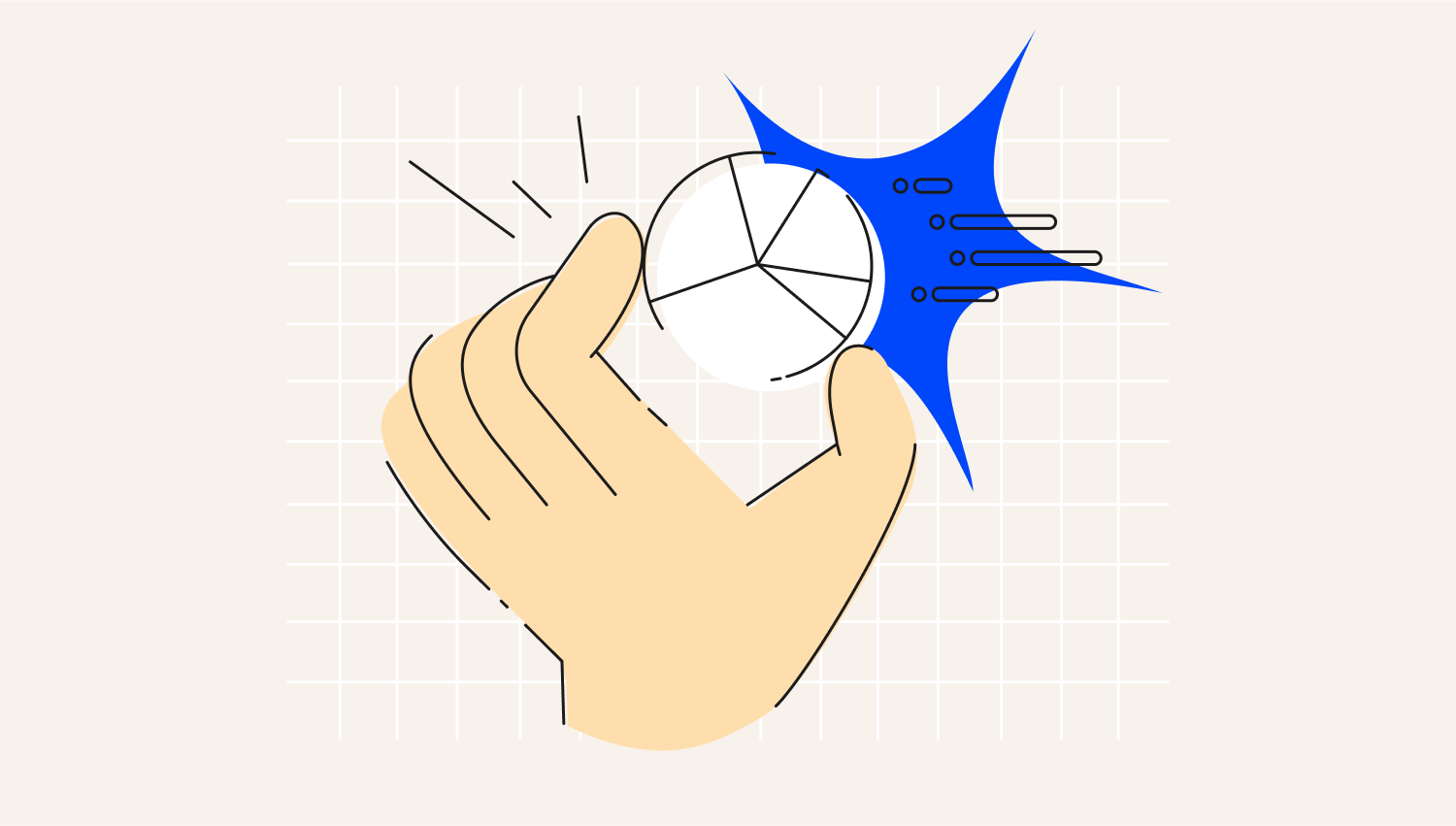Difference between horizontal and vertical analysis
How to perform structural analysis
Financial analysis is the process of assessing a company's finances. It helps traders and investors make informed decisions. One of its primary methods is vertical analysis, which breaks down financial data to identify trends and find insights. This process plays an integral part in strategic planning.
Vertical analysis, also known as structural analysis, is a method of analysing financial statements by expressing each line item as a percentage of a baseline figure. For example, in the income statement, each line item is shown as a percentage of revenue. This allows us to determine which cost or revenue item has the biggest impact on the overall financial performance. To perform a vertical analysis, divide the value of a specific item by the total value of a key reference figure —total assets for a balance sheet or total sales for an income statement—then multiply by 100% to express it as a percentage. The formula for calculating the structural analysis percentage: Vertical analysis formula
When we convert data into percentages, we gain a clearer view of the proportion of the company's overall financial assets and liabilities. Let's take a company with the following balance sheet data as of December 31st, 2022: The company's total assets:
Using the vertical analysis formula,
The above process can be formulated for the remaining items in the company balance sheet data. In the table above, each line item is computed in reference to the baseline Item. For instance, the line item 3 is computed as follows:
What is vertical analysis?
Vertical analysis formula
Vertical analysis example
Cash
$100,000
Fixed assets
$50,000
Accounts receivable
$40,000
Notes payable
$10,000
Capital stock
$10,000
Retained earnings
$140,000
Accounts payable
$30,000
Vertical financial statement analysis
Period 1
%
Line Item 1 (Base)
90,000
100
Line Item 2
50,400
56
Line Item 3
19,800
22
Vertical analysis makes comparing financial statements across different companies and industries easy. It helps track changes over time, giving a clearer picture of a business’s economic health. For example, by looking at how expense items affect a company's profits, we can measure how efficiently this company manages costs compared to competitors. Imagine company X has revenue of $1,000,000 and cost of sales of $600,000. A vertical analysis will show that the cost of sales is 60% of income.
The above implies that for every dollar of revenue, the business spends 60 cents on goods or services. Suppose we compare these data with those of other companies in the industry, and the results indicate that X has a higher structural value—we can conclude that company X is competitive.Why is vertical analysis important?
Horizontal analysis, also known as trend analysis, compares financial data across multiple periods to identify trends and changes in a company’s performance. This method helps assess how key financial indicators evolve over time and forecast future trends. Horizontal analysis formula
Suppose company Y has revenue of $1,000,000 for 2020 and $1,200,000 for 2021.
This shows a 20% revenue increase over the year. This could indicate an increased demand for the company's products or a successful marketing strategy. Analysing such data over several years allows us to identify long-term trends and draw conclusions about the business's future. Advantages of horizontal analysis: Now let's look at how vertical analysis differs from horizontal analysis:Difference between horizontal and vertical analysis

Like any other method, vertical analysis has advantages and disadvantages. Let's examine them in detail. Advantages: Disadvantages:Pros and cons of vertical analysis
Vertical balance sheet analysis is a way to learn more about your company's financial health. It is calculated by dividing each balance sheet item by total assets and finding the percentage. This will tell you the percentage of total assets each item takes up. To do a structural analysis, you need to:How to perform vertical analysis
Final thoughts





